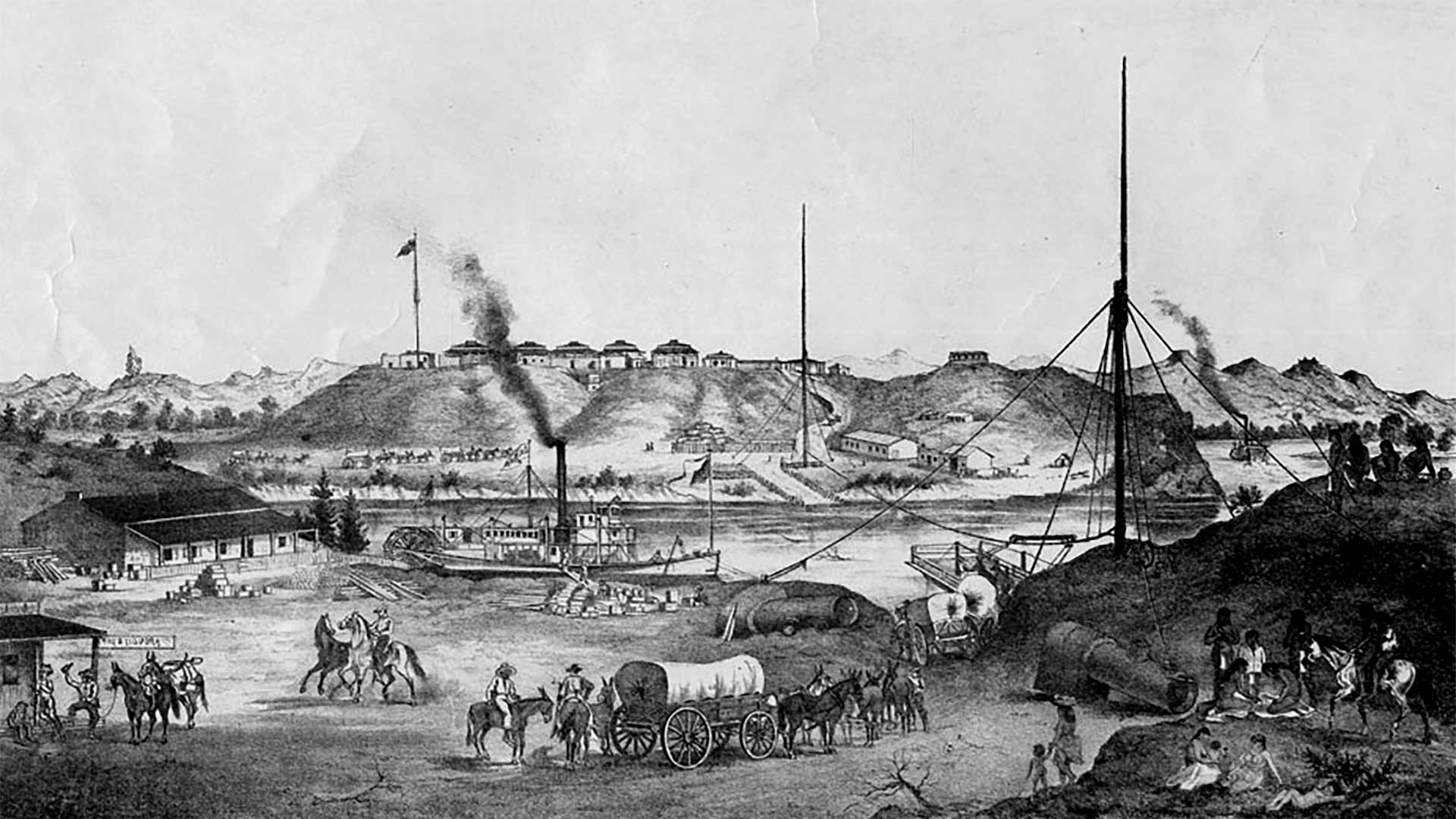 The Yuma Quartermaster Depot.
The Yuma Quartermaster Depot.
Before there was a United States Border Patrol, the customs service was the first line of defense along the U.S. Mexico border. Their headquarters -- now designated by a historical marker -- still stands.
The building, which historians believe was erected by a steamboat captain in the mid-19th Century, later served as the living quarters for the Quartermaster assigned by the U.S. Army to oversee the delivery of food, equipment, and munitions throughout western Arizona Territory.
In the early 20th Century -- long after the U.S. Army abandoned the site -- the building became the official Customs House, where the lead agent lived with his family. At times, the family had to share their house with seized drugs and contraband.
KAWC News recently toured the building with Tammy Snook, manager of the Colorado River State Historic Park. The 10-acre facility, where the building is located, sits along the edge of the Colorado River, in Downtown Yuma, and just off of Interstate-8.
"Everything in Yuma's history, and really that of the larger Southwest, ties back to the Colorado River," Snook said. "And, for us right here at Yuma, it comes and ties to what's known as the Yuma Crossing. So, the Yuma Crossing is a place where the Colorado River naturally narrowed. As it ran in between these two hills, [which] forced the river to become very narrow at that spot.
“It was considered the best place to cross the Lower Colorado River and the first permanent non-native settlement in the area was the Army's Fort Yuma, which is actually across the river. From us in California and eventually, the army got wise and decided to build a separate Yuma depot across the river from them and on the Arizona side. And, the whole purpose for that was to store and ship these army supplies for all the forts in Arizona territory."
The Quartermaster Depot was located at a prime logistical location, Snook said.
The boats made deliveries as far north as the Virgin River, she added, depending on the season.
"It had to be the right time of year to do that," Snook said. "When we have visitors today, every once in a while, they'll ask, 'so, what's the name of this creek?' And we'll say 'No, that's the mighty Colorado.' And the whole idea of having steamboats on this river is very difficult for people to understand and imagine."
At the time, the Quartermaster Depot could be compared to a modern-day Amazon hub, Snook said.
"Definitely, for the army of the Indian Wars. So, the heyday of that time period for the depot was really [the] late-1860s, to early to mid-1870s. And at that time, there was not a whole lot of development within Arizona. So, the majority of the supplies were coming from elsewhere. So yeah, and they [would] just drop them all here in our large storehouse building. And from here, they would send them out by the mule-drawn wagon trains to the posts themselves."
At the time, the only other method of getting supplies to Army outposts was via overland trails from back east, as major railroad lines had yet to be constructed.
The US Army abandoned the depot in 1883, Snooks said, as the arrival of the railroad made the steamboat delivery system obsolete. The building was occupied by various federal agencies before a presidential order awarded the House to the Customs Service.
"In 1902, President Theodore Roosevelt signed an order dedicating this building to the Customs Service, and it remained as... the Customs House in Yuma until 1955," Snook said. "The long-term customs family that was here was the Gleeson family, and Emmett Gleeson was the customs agent. I've actually gotten a chance to meet his daughter, Evelyn, and she told me some stories about her time living there. She would talk about how any drugs seized while on patrol were hidden under a large armoire in her room. And, what's interesting too is that it's really very much like what the Border Patrol does today."
For more information about the Colorado River State Historic Park, click here.


By submitting your comments, you hereby give AZPM the right to post your comments and potentially use them in any other form of media operated by this institution.